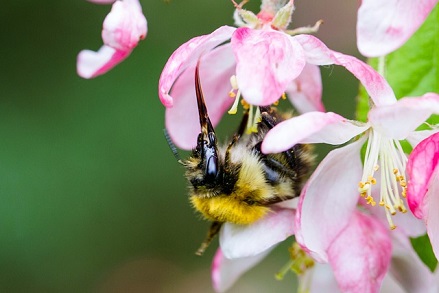News
Stories making wavesJust the ticket
NEW 'BUG' RAILWAY STATION IS THE BEES KNEES
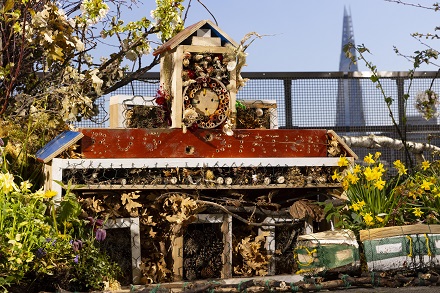
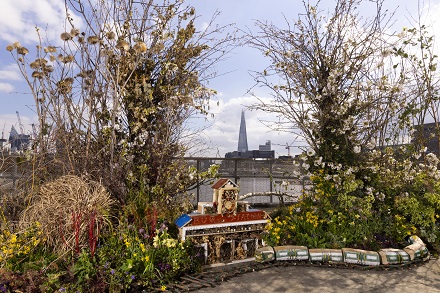
Britain's tiniest train station has opened at Blackfriars, just in time for Easter! Especially for bugs, it's part of a new living art installation by rail operator Govia Thameslink Railway (GTR) at their most sustainable station, home to the world's largest solar-powered bridge, to celebrate the wonders of spring and biodiversity. At the same time, it more importantly, also aims to encourage customers and communities up and down its' networks, to help wildlife in their gardens and local areas.
Featuring seasonal plants and flowers, including bulbs and blossom, nettles, brambles and dandelions, which support a number of pollinators, as well as a 'bug home' for different species of insects, the installation, by multi-media floral artist Alice McCabe, is a nod to eco-friendly projects that are already being carried out in GTR station gardens. As part of their station improvement programme, the rail operator has completed more than 100 projects in recent years, including introducing bee and bug hotels to outdoor spaces. This coming year, GTR will be working with the London Wildlife Trust Consultancy to carry out ecological surveys at specific sites and will follow their guidance on how to best monitor, protect and enhance the biodiversity there.
Jason Brooker, Head of Environment at Govia Thameslink Railway, said: "This living art installation is a visual reminder about the little things we can all do to help the planet. Rather than cutting back wildflowers and nettles, we should consider the wildlife that these plants help to support, such as bumblebees, caterpillars, butterflies and moths. This is something we're actively changing at GTR to ensure the maintenance of our stations is balanced with supporting wildlife."
GTR are actively encouraging customers and local community groups to do the same and from Maundy Thursday, 6th April 2023, the rail operator will be handing out free seed packets at selected stations. Containing wildflowers such as Meadow Buttercup, Sorrel and Red Campion, the biodegradable packets will be available at Blackfriars, Crofton Park, Welwyn Garden City, Salfords and Gipsy Hill.
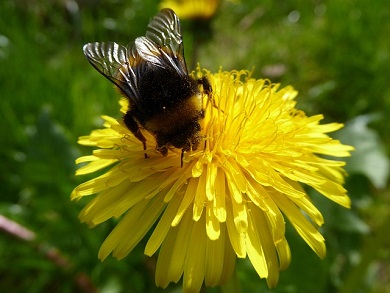
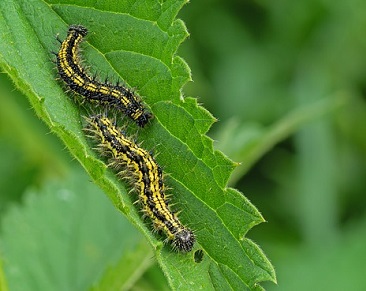
David Mooney, Head of the London Wildlife Trust Consultancy, said: "There are lots of simple things people can do at home to encourage and support wildlife, such as building log piles to attract bugs and beetles, installing bird and bat boxes, or growing a patch of wildflowers. "
As well as planting seeds, The Wildlife Trust have some simple steps for recreating the 'Blackfriars Bug Station' at home - which are perfect for family gatherings and activities over the Easter break:
1. Go foraging. You'll need to collect wooden pallets, bricks, old plastic bottles, straw, twigs, stones, cardboard, leaves, bamboo canes and old tiles.
2. Don't buy new. There's no need to buy anything new for your Bug Station, just use what you have in the house and can find outside. If you're struggling to find old bricks and tiles, ask a friendly builder if they have any spare suitable building materials.
3. Build your structure. Place a wooden pallet in your chosen location, and then line bricks around the corners and across the middle. Put another wooden pallet on top of the bricks and repeat the process to use up all your pallets.
4. Fill the station with anything! With your old plastic bottles, cut off the top two thirds and fill some up with bamboo canes or plastic straws, and the others with rolled up cardboard. These can then be placed in between your bricks in structure. Fill the remaining gaps with anything else you've foraged such as other bricks, leaves, pebbles, loose bark, straw, stones and tiles.
5. Get creative. We've made ours look like a train station using old logs for the train and sticks for a train track, but you can make yours into whatever you want. Whether that's 'The Bug Arms' or 'The Travel Inn-sects', you can choose to make your design look like any building by being creative.
6. Stop weeding! If you can't create a bug hotel but do have a small garden, why not leave a small patch of weeds so that bugs can stay there?
